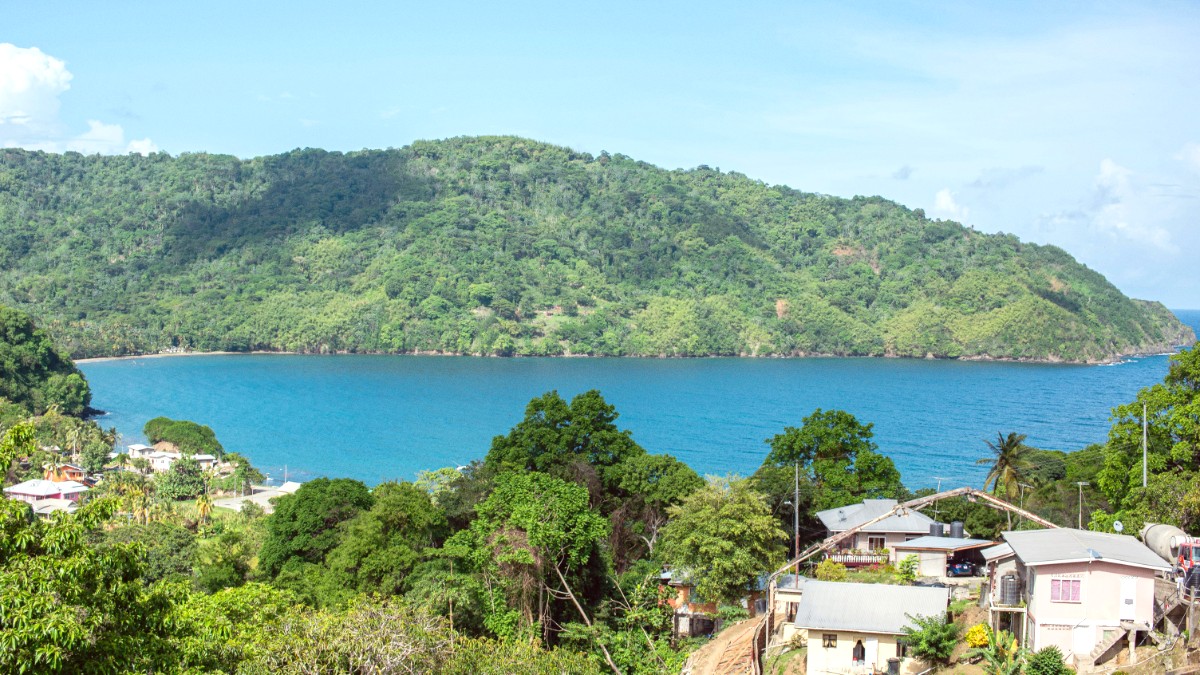
Trinidad And Tobago
The Public Transport Service Corporation (PTSC) operates buses across the island. These are generally reliable but can be slower than maxi-taxis. Trinidad does not have a metro or tram system.
Maxi-taxis are privately owned 10-25 seater vans. They serve as the backbone of local transportation. Maxi-taxis operate on fixed routes, picking up and dropping off passengers along the way. They offer a faster and more frequent service than buses, especially on popular routes.
Public transportation in Trinidad is generally not wheelchair accessible. This can create challenges for travelers with mobility needs.
Do not hesitate to ask locals for directions or to confirm the correct maxi-taxi color and route for your destination.
Always carry small denominations of TT$ for maxi-taxi fares. Drivers may not have change for large bills.
Licensed taxis have an 'H' on their license plate. It is always safer to use licensed taxis.
You can hail them on the street, find them at designated taxi stands, or call a reputable taxi service. Fares are generally not metered; agree on the fare before starting your journey.
TT RideShare and Drop are widely used local ride-sharing apps in urban areas. These apps often provide fare estimates upfront.
Payment is typically in cash (TT$). Carry small denominations of TT$ for these payments.
Car rentals provide independence for exploring Trinidad.
Limited hop-on-hop-off services exist. Many tour operators offer guided bus tours to various attractions across the island.
Water taxis operate a commuter service between Port of Spain and San Fernando. Boat tours are common for specific attractions like the Caroni Bird Sanctuary.
Trinidad does not have cable cars, funiculars, or other unique mountain-based transport systems.
Port of Spain offers pedestrian-friendly areas like Queen's Park Savannah and the Royal Botanic Gardens. Many national parks and reserves provide well-marked hiking trails.
Avoid walking alone at night, especially in dimly lit or deserted areas of urban centers.
Be aware of your surroundings.
Trinidad has limited dedicated bicycle infrastructure. Cycling on main roads can be hazardous due to traffic.
Use caution and stay alert.
Follow local guidance regarding safe areas for walking or cycling, especially in high-crime neighborhoods.
Exercise caution.
Familiarize yourself with maxi-taxi color codes for efficient travel. Consider a rental car for flexible exploration, but be ready for varied road conditions.
For island hopping, book your ferry to Tobago in advance, especially during busy periods. Always use licensed taxis for safety.